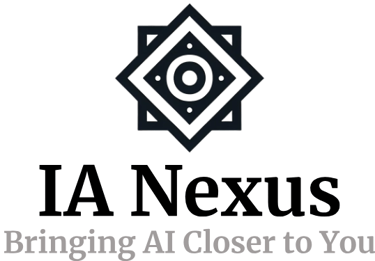Why Artists Are Furious with ChatGPT: Uncovering the Controversy
Discover why artists are upset about ChatGPT and similar AI technologies. Explore the growing tensions over copyright issues, creative integrity, and the future of the arts.
Alexander Hart
3/30/20253 min read
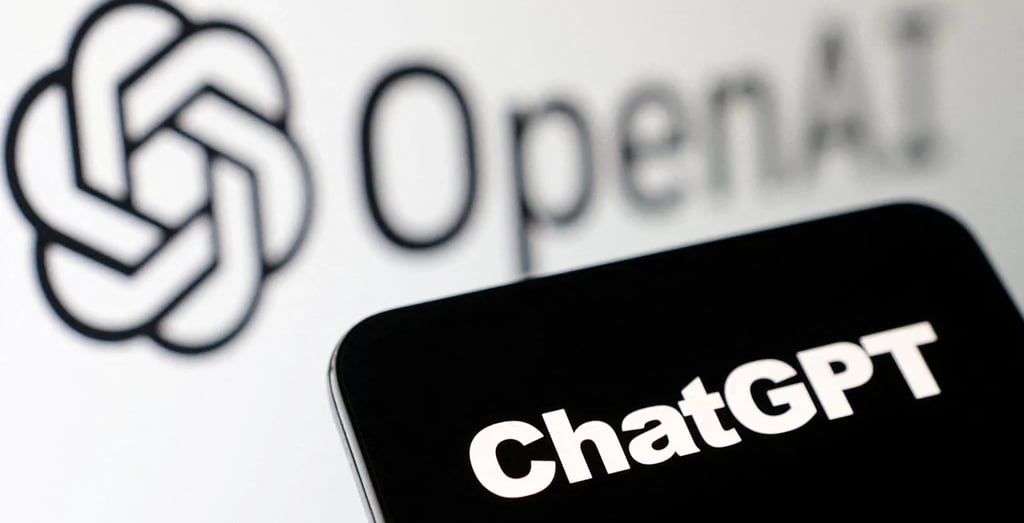

Introduction
The rise of artificial intelligence tools, especially ChatGPT, has led to mounting frustration among artists. While AI has made strides in numerous industries, its encroachment on creative fields is stirring strong reactions. In this article, we examine why artists are upset, the implications for the art world, and what could come next for AI in creativity.
The Growing Role of AI in the Arts
AI technologies, like ChatGPT, have transformed various sectors, including content creation and design. ChatGPT can generate text, assist with writing, and even simulate human-like conversations. However, in the arts, many artists are concerned that these AI tools are eroding the authenticity of creative work.
The idea that AI can replicate or imitate human artistry challenges the concept of originality. Artists feel that these technologies undermine the value of their own work and threaten their place in the creative process.
The New AI Model: Turning Real Images into Anime Art
This week, ChatGPT made headlines with the release of a new AI model capable of transforming real images into anime-style artwork. The tool has quickly gone viral, with internet users excitedly sharing their transformed photos. However, this new development has sparked even more backlash from artists.
For many in the artistic community, the ability of AI to mimic and replicate a particular artistic style especially one as iconic as anime raises significant ethical concerns. The transformation of real images into anime art feels like yet another invasion of the creative space that belongs to human artists. Many artists argue that AI tools like this trivialize the unique skills and creativity that go into producing original works of art, particularly in specific styles like anime.
The internet is abuzz with reactions, but among the most vocal critics are those who feel their livelihoods are threatened. They argue that tools like this encourage the commodification of art, allowing anyone to create works that may have once required years of training and skill.
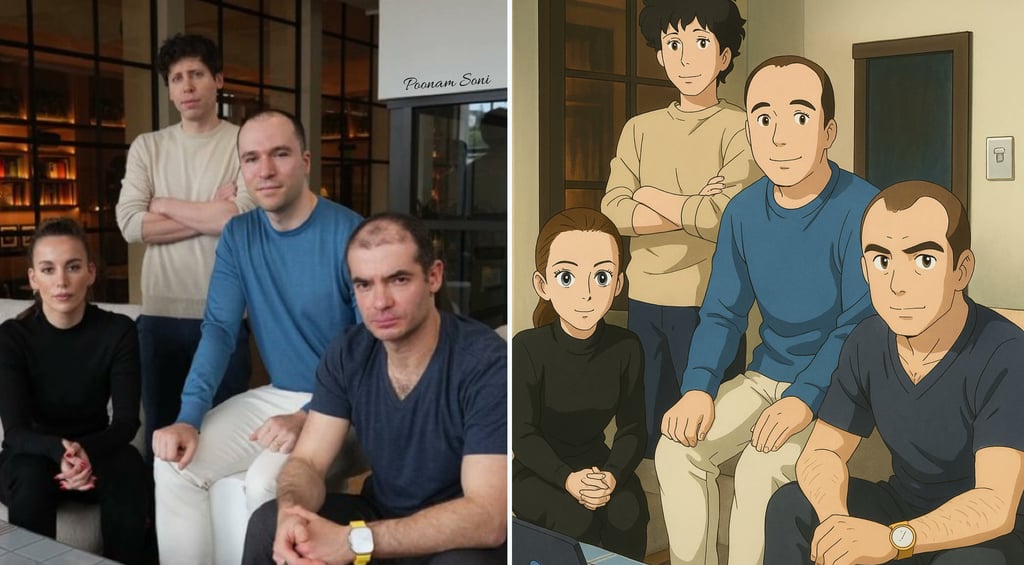

Copyright and Ownership Concerns
A major point of contention is copyright. AI systems like ChatGPT are trained on large datasets, which often include publicly available artworks. The issue arises when AI generates content that mimics or replicates the style of specific artists.
For artists, this raises questions of intellectual property. Who owns AI-generated art, and should artists whose work was used to train AI systems receive compensation? The lack of clear regulations is causing unease, as artists worry their creations are being used without permission or payment.
The Impact on Artistic Careers
AI's increasing role in the creative process has many artists fearing for their livelihoods. Automated platforms offering services like music composition and graphic design can produce high volumes of content quickly. For artists, this means increased competition from machine-generated works, often at lower costs.
This shift in the industry could make it harder for human artists to distinguish themselves and earn a living, especially as AI-generated art becomes more prevalent and commercially viable.
The Backlash: Artists Speak Out
In response, many artists are speaking out against the unchecked use of AI in the creative sector. Campaigns and protests are gaining traction, calling for more regulation and the protection of intellectual property rights.
Social media has become a platform for artists to voice their frustration, raising awareness about the challenges AI poses to their work. This backlash is sparking broader discussions about what constitutes real art and the role of machines in the creative process.
The Future: Collaboration or Competition?
Looking ahead, the future of AI in the arts remains uncertain. While AI may pose challenges, it also offers opportunities for collaboration and innovation. Some experts believe AI could democratize art, providing new tools for creators who may not have access to traditional resources.
However, for AI to complement human creativity rather than replace it, a balance must be struck. Clear regulations and open dialogue between artists, AI developers, and policymakers will be key in shaping the future of the creative industries.
Conclusion
The debate over AI’s place in the arts is ongoing, and while AI tools like ChatGPT offer vast potential, they also raise serious concerns about creativity, copyright, and the future of the art world. The recent release of the AI model that transforms real images into anime art has further ignited tensions, highlighting the concerns of artists who fear the loss of their creative space to machines. For now, it’s clear that the relationship between artists and AI will continue to evolve, and the conversation is far from over.
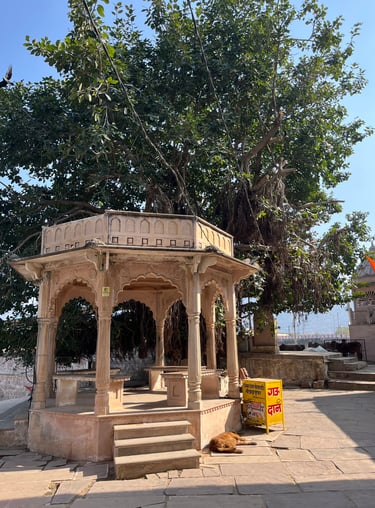

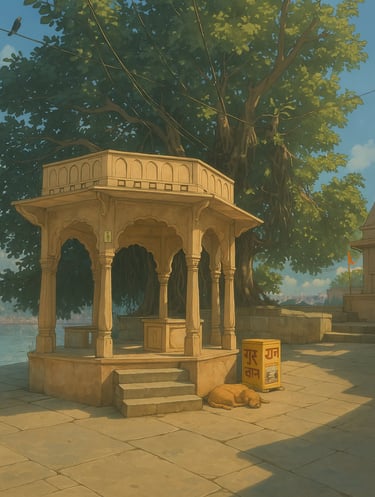

Insights
Stay updated on AI news and trends today.
Learn
© 2025. All rights reserved.
